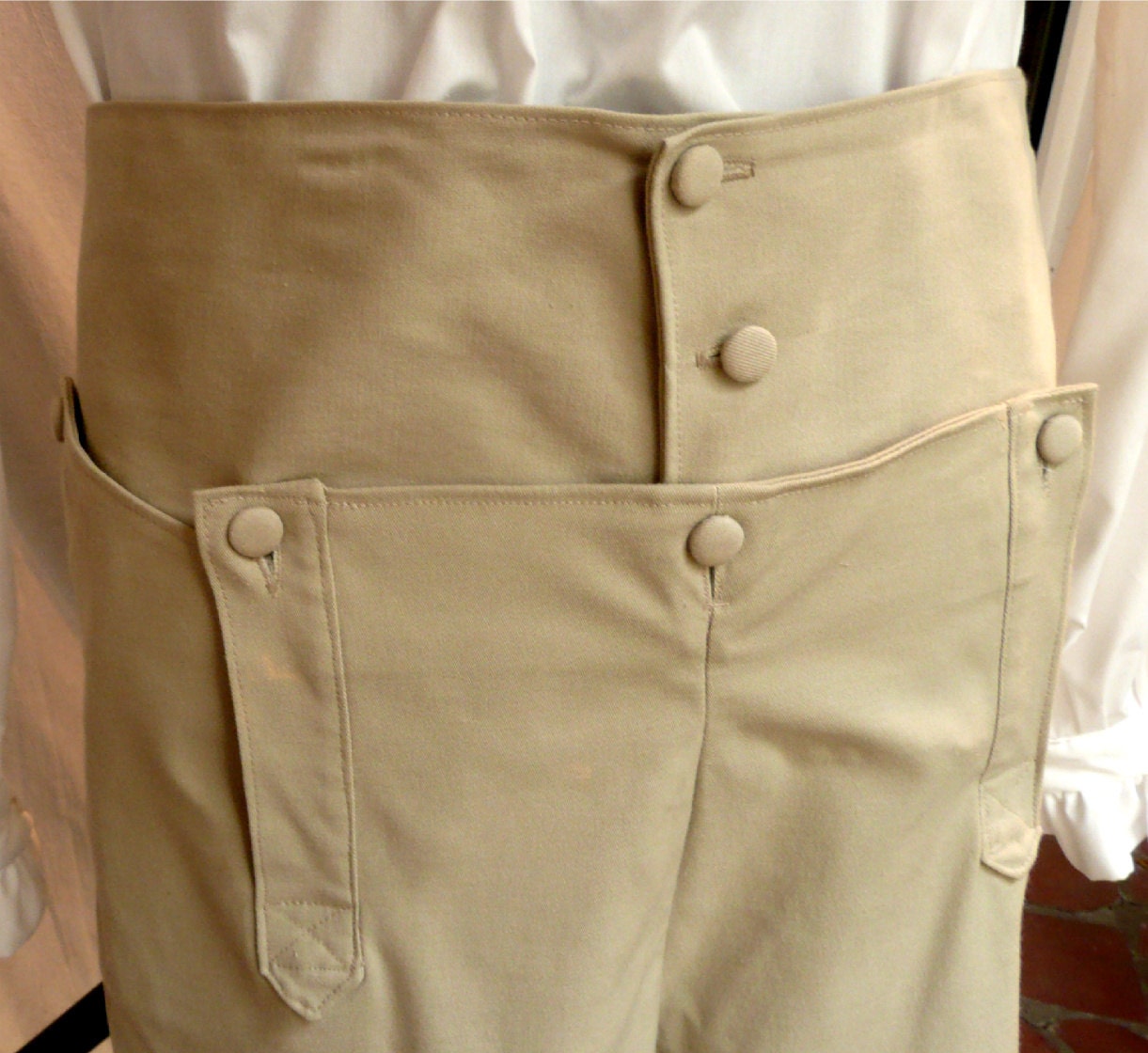 |
| All heraldic elements in place, woo. OKAY SOME ARE PINNED ON STILL SHUT UP |
It's been a little while since I've joined you, Gentle Readers, because I've been on the hop. I went away for the weekend for an Intense Sewing Experience...which yes, happened to be at the beach...but I'm happy to say that much work was done; not only on this here project, but other elements of this coming weekend's festivities.
I had a slight setback when I sewed the first daisy on, discovering that it doesn't matter how tidy and fine your blanket stitch is, it's not going to stand up to the fraying power of poly-cotton brocade, let alone a thick pile cotton velvet. So, I had to stop production and prepare strange unguents which I then brushed along every. edge. of. every. daisy. and daisy. center. with the tip of my finger; and then set them all to dry.
Meantime, I worked on the needle. I cut it out of a really lovely blue silk taffeta, but wanted it to have a bit more dimensionality, so padded it with two layers of a fairly close blue linen (cut off an old dress I'm never going to remake) (and the skirt of which is going to be the banner backing, thank you). I couched silver cord around it and then--I'm rather smug about this--used a thick twist of embroidery floss as the "thread" inside the needle.
 |
| There's still a little trimming to do, too. |
The main challenge here was trying to get it all to lie flat, while simultaneously having to bunch the work up so I could actually reach the part I was sewing (naturally right at the middle of the piece). A big-ass frame would have helped a lot here. The result is that the silk is visibly pooched in places, which does not delight me.
Artistically, I think it would have looked better to have the needle lying at the same angle as the bend; but that's not what the heraldry says, so there you go. Take the lesson when registering your arms, people.
Once that was complete, the daisies were dry and I started stitching them down. This was mostly just a tacking job to keep the petals from curling around, because a) the stitching of the daisy centers would be more than enough to keep the flower itself in place, and b) ideally I will go back and either blanket-stitch or couch a shiny around the petals. This is the point at which I also realized I had somehow failed to fray-check two of the daisies. -_-;;; I left those for the moment, not having more Elmer's unguents to hand, and continued on with the daisy centers.
 |
| SHINY i like the shiny |
These are, as previously noted, cut out of a tawny gold-colored velvet that is a veteran of another banner. I couched around the edge of each one with a doubled gold cord, for a bit of that extra sparkly richness. As of last night, I had completed about half of them; the rest I can do tonight, and that leaves tomorrow (before leaving for the three-hour drive, wah) to attach the banner backing and create the pole pocket. I'm calling that Minimum Viable Product.
Once the fun is over, I'll take the thing back, do a proper job on the daisy petals, and get a nice cord to attach along the sides of the banner.
Then I can start on the big project that's due by Halloween. ora pro me
































